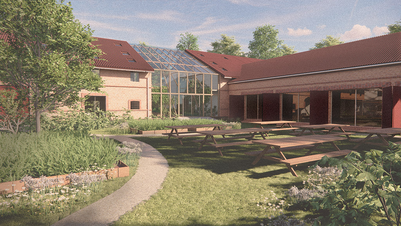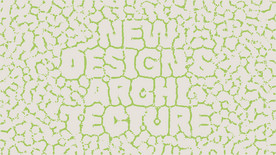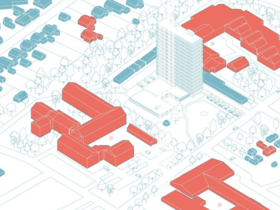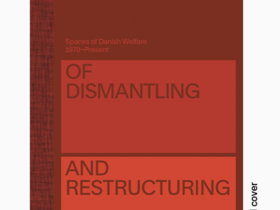
Article Abstract | Louise Dedenroth Høj

On the Architecture of Dementia Care Homes
Dilemmas and Negotiations between Home and Institution
The topic of this article is the care home as welfare institution, and current architectural and spatial measures in the aim to create homeliness in care homes for people with dementia.
The first half of this article is providing a broader understanding of the development of the care home as an institutional model, and the later process of deinstitutionalization, connected to other societal developments. While I am exploring this development in an international context, my focus is the locale context of Denmark and the particularities of the changes connected to the Danish welfare thinking. I am studying these changes at two levels; firstly, at the level of the facility, and the architectural and spatial developments at the scale of the institution, and secondly at the urban level, and the distribution and scale of the care homes, related to the changing model of care and delivery of care.
The second part is dealing with recent tendencies in architecture for people with dementia, focusing on the concept of homeliness. Today, a majority of residents in care homes are suffering from dementia, and as the disease is causing a loss of cognitive capabilities, and resulting in a disorientation in time, space, and identity, this raises new issues to the architecture and surrounding environment. After providing a survey of recent tendencies, I am exploring into more depth these issues in an exemplary case study. In this I am focusing on, on the dilemmas and negotiations between on the one hand the ambitions to deinstitutionalize and create homeliness through architectural measures, and on the other hand the rigid framing of regulations related to the care home as institution.















